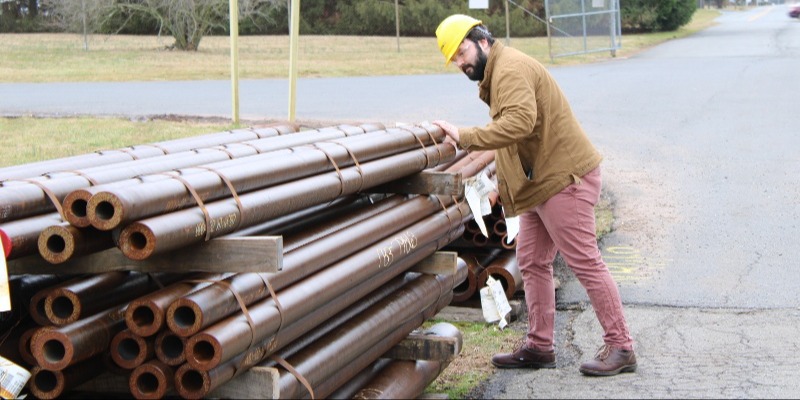Exploring the Fatigue Life of Metals: An Interview with Sullivan’s Experts
Fatigue is always a concern at some level for mechanical components. It’s a complex topic, but it’s easier to understand and solve with expert support and input from all stakeholders involved in a fatigue-related issue.
At Sullivan, we distribute specialty steels and provide technical and metallurgical guidance for our grades. In this post, metal specialists Todd Chavanne (business development) and Craig Darragh (consulting metallurgist) discuss fatigue life and how Sullivan works with a customer when fatigue performance is a priority.
Briefly, how would you explain fatigue life in metals?
Craig:
There’s a Fatigue Failure in Metals chapter in the ASM handbook that describes fatigue. In general, fatigue life is load (stress) and stress cycle dependent. The higher the load or stress, the shorter the fatigue life. And, conversely, the lower the stress, the more cycles you’ll generally see before failure.
A fatigue failure starts at the microstructural level and, to quote the ASM handbook, “the process is divided into five stages: 1) cyclic plastic deformation before fatigue crack initiation, 2) initiation of one or more microcracks, 3) propagation and coalescence of microcracks to form one or more macrocracks, 4) propagation of one or more macrocracks, 5) final failure.”
Related Link:
How do you evaluate a metal’s fatigue resistance?
Craig:
Most of Sullivan’s customers are involved in bearing applications and similarly demanding mechanical systems components, so there are multiple variables to consider. There are aspects of a material that can increase fatigue life, including surface finish, geometry, steel cleanliness, and heat-treated properties, such as hardness, toughness, and residual stresses. Other properties, such as cleanliness, rely on alloy design or steel manufacturing.
Mechanical design, surface finish, and other tribological aspects can be equally important for fatigue resistance, potentially even overriding properties developed during heat treatment or other methods. Depending on the application characteristics, of course.
Todd:
Fatigue performance is relative, so for materials there are options we might suggest even within the same grade. If 440C air melt is not working, that is, if it’s just barely failing in fatigue, maybe try a remelted 440C.
Or if a part is failing altogether, your next best metal option might be XD16N®, which has an overall finer microstructure and better cleanliness than any melt-level 440C. The next step up from XD16N® would be XD15NW®, which is a remelt.
Related Links:
How does Sullivan help customers select a metal?
Craig:
We can make suggestions on materials, treatments, and processing to optimize a customer’s performance. We can also provide commentary on geometry, surface finish, and other major factors that affect fatigue life. Once we have the information, it’s a deep dive to see what it’s telling us and what solutions we can offer.
Todd:
Every case is different, and the level of information we need depends on the application, how familiar we are with the customer, and the part itself. We work through development or troubleshooting; it can be an iterative process.
It’s important to know that we might be experts on the material, but we are not experts on a customer’s part. In the end, we make recommendations, but it is up to the customer what to use.
Related Links:
Work with Specialty Steel Experts
Fatigue is a complex topic, and every application is unique; Todd and Craig are just two specialists available to help Sullivan’s customers with product selection and technical support.
There may be an option to increase fatigue life simply by switching from an air-melt to a vacuum arc remelt. Or perhaps, a specialty steel grade can deliver the fatigue performance a customer needs.
If you have questions about increasing fatigue life of metal, Sullivan can provide guidance and recommendations for your specific application.
Sullivan supports the steel we sell! Contact us.

